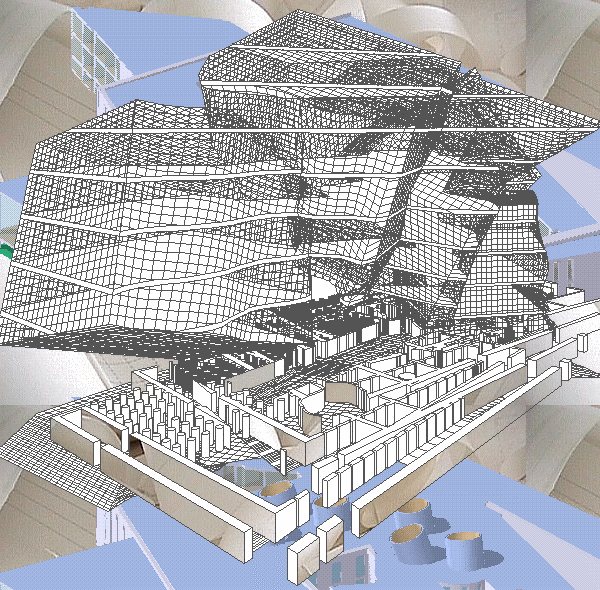| |
2015.03.03 14:40
2 March
..virtually nauseating until I saw how most (not all) of the posts reflect personal comfort zones vs. personal discomfort zones. And then it became virtually nauseating again when individuals try to project their comfort zones as being somehow axiomatic. And then it got interesting again seeing how the implicit discomfort zones harbor the most inspiration.
Perhaps the Duchamp Inn (2017)...
101
102
103
104
...will begin to be known as the Discomfort Inn.
Sign on the door reads, "Architects Pay Extra."
Yet Duchamp Inn is fully intended as architecture. Just like the intention here...

...is architecture.
Looks like my next project is to design a Comfort Zone Inn. Here's the program:
The Comfort Zone Inn is a behavioural state within which a person operates in an anxiety-neutral condition, using a limited set of behaviours to deliver a steady level of performance, usually without a sense of risk. A person's personality can be described by his or her comfort zones within a Comfort Zone Inn. A Comfort Zone Inn is a type of mental conditioning that causes a person to create and operate mental boundaries. Such boundaries create an unfounded sense of security. Like inertia, a person who has established a comfort zone in a particular axis of his or her life, will tend to stay within that Comfort Zone Inn without stepping outside of it. To step outside their Comfort Zone Inn, a person must experiment with new and different behaviours, and then experience the new and different responses that occur within their environment.
| |
2015.03.17 16:27
17 March
201
202
203
204
205
206
207
208
209
Yes, the same as that employed in the two previous works. But this time, another reagent is introduced to the chemical process of catalyzing the form: the forty-five degree rotation of the geometric solid relative to the cage will let us try to understand the work before passing judgment. House I (the Barenholtz Pavilion in Princeton), 2158 and House II, 1969 (fig. 18), are one single search directed towards neutralizing every "realistic" perception of the building. The pure prism comes into conflict with the intersection of the floors and with the point-configuration of this rotation, is emptied. This theme bears only a superficial resemblance to Hejduk's Diamond House or to some of the work of Graves. To Eisenman, rotation serves only to question the very concept of "composition." There can be no synthesis after this transgression - as there is for Graves - nor any self-satisfaction in the work - as there is for Hejduk in Projects A, B, and C.
This means that not only must the semantic aspects be put aside, but so must the pragmatic ones. What is left is only "virtual space": as with Hejduk's, Eisenman's architecture has been violently attacked as anti-architectonic abstraction.
|